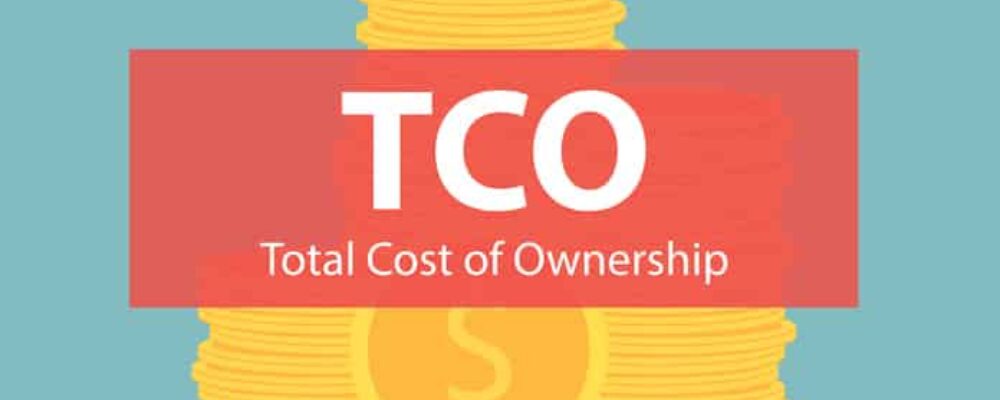In digitally disrupted business environments, having a solid strategy is not enough. The real challenge lies in successfully executing that strategy. Strategy execution is the bridge between brilliant ideas and tangible results. It involves a sequence of deliberate actions and processes that ensure your strategic plans are transformed into reality, driving organizational success. This guide discusses the critical elements of strategy execution, providing a comprehensive understanding of how to help you implement your goals successfully.
Strategy Execution Components Explained
To execute a strategy effectively, organizations must focus on several key components. Each component plays a vital role in translating strategic plans into actionable steps that drive success.
Leadership and Vision
Strong leadership is the cornerstone of successful strategy execution. Leaders must set a clear direction and inspire commitment to the strategic goals. A compelling vision provides a roadmap for the entire organization, ensuring everyone understands and agrees upon the priorities. Influential leaders communicate the vision consistently and motivate their teams to achieve the desired objectives and key results (OKRs).
Clear Objectives and Goals
Defining clear OKRs is essential for aligning resources and efforts toward achieving strategic outcomes. Clear goals provide a sense of direction and allow for measuring progress. By breaking down the strategy into specific, measurable, achievable, and time-bound (SMART) objectives, organizations can ensure that every team member understands the expectations and can work towards common goals.
Robust Communication
Maintaining open channels of communication is vital for ensuring alignment and addressing challenges. Effective communication fosters collaboration, transparency, and trust within the organization. Regular updates, feedback loops, and open discussion forums help keep everyone on the same page and address issues promptly.
Resource Allocation
Strategic initiatives require adequate resources to be successful. Effective resource allocation involves distributing the necessary human, financial, and technological resources to support strategic goals. Flexibility in resource management allows organizations to adapt to changing circumstances and seize new opportunities. Prioritizing resource allocation ensures that critical projects receive the support they need.
Watch our video to learn how to leverage budgeting to both run and transform your organization.
Performance Monitoring
Monitoring performance is crucial for tracking progress and measuring success against strategic objectives. Implementing strong performance management systems and metrics helps organizations identify areas for improvement and effectively make progress toward digital transformation. Regular reviews and performance evaluations ensure that the organization stays on course and can make necessary adjustments.
Change Management
Change is inevitable in the execution of any strategy. Managing resistance and fostering an adaptable organizational culture is crucial for successful change implementation. Effective change management strategies involve preparing, supporting, and equipping individuals to adopt new processes and technologies. By embracing change, organizations can navigate challenges smoothly and ensure sustained success.
How To Use Strategy Execution Components Effectively
To effectively use the components of strategy execution, organizations should proceed through these core phases: Envision, Create, and Operate. This approach ensures that strategic goals are set and systematically achieved through a structured process.
Envision
The Envision phase helps an organization align its strategy on a single page using OKRs. This alignment includes articulating OKRs and the value proposition within a high-definition operating model. The operating model encompasses people, processes, technology, and governance, forming the foundation for successful strategy execution. By having a clear and concise strategic plan, organizations can help every team member understand the overarching goals and their role in achieving them.
Create
In the Create phase, organizations identify a set of projects that both run and improve the existing value proposition while also transforming the organization into the following value proposition. This phase involves linking the OKRs to the project portfolio, enabling the organization to measure the success of these projects using the defined OKRs. A crucial aspect of the Create phase is prescriptive design, where technologists become integral in defining how projects will be designed and delivered. Unlike the traditional passive role, technologists actively shape the future value proposition, ensuring that technological solutions are effectively integrated to meet strategic goals.
Operate
The Operate phase focuses on implementing projects that run and improve the existing value proposition while transforming the organization to meet new value propositions. This phase includes measuring outcomes against the OKRs set in the Envision phase and incorporating the high-definition operating model into the budgeting process. Traditionally, budgeting involves departments listing projects needing funding and continuing to refine the existing value proposition. In the new Envision, Create, Operate framework, the value proposition is treated like constantly updated and refined software. By continually reassessing and updating the value proposition, organizations can stay responsive to customer needs and market changes, leveraging cutting-edge technologies to innovate and improve their strategic execution.
Accelare’s Strategy Execution Services
Accelare’s approach to strategy execution has proven effective in various industries, including education technology. One notable example is our work with a software company that provides administrative software for K-12 institutions. This company offered comprehensive ERP solutions for schools, covering HR, finance, and other essential operations. Although they were selling SaaS, they realized they also provided numerous general services without charging for them.
Using Acceleare’s Strategy to Execution (S2E) framework, we helped the software company better understand and define these services. During a “Who is the Customer?” workshop, we gathered executives and key team members, including sales, project managers, and support staff. Each participant had a different perspective on who the customer was–ranging from school committees to principals and teachers. This exercise highlighted a common issue: organizations often segment based on internal views rather than a unified understanding of the customer.
Accelare’s methodology leverages the team’s collective experience. By asking executives to tally their years of industry experience, we demonstrated that their extensive background, while valuable, needed to be channeled into understanding the true customer and their needs. Our focus is on identifying the end customer and thinking critically about the problems our services solve.
Through our workshops and strategic sessions, we helped the software company recognize the broader scope of their customers, including the needs of public school stakeholders. This shift in perspective enabled them to develop a more comprehensive service catalog and align their strategic goals accordingly.
Take the first step on your journey toward digital transformation with Accelare. Start by taking our quick, online Digital Disruption assessment to evaluate your organization’s readiness and gain insights into your digital exposure and maturity.
Accelare “provides digital transformation consulting services that prioritize performance and results. Accelare’s S2E process and WorkFit are proven to create dramatic breakthroughs and lasting innovations integrated into the business model to build the capacity needed to transform into your next-generation business model.”
Please visit the firm link to site






